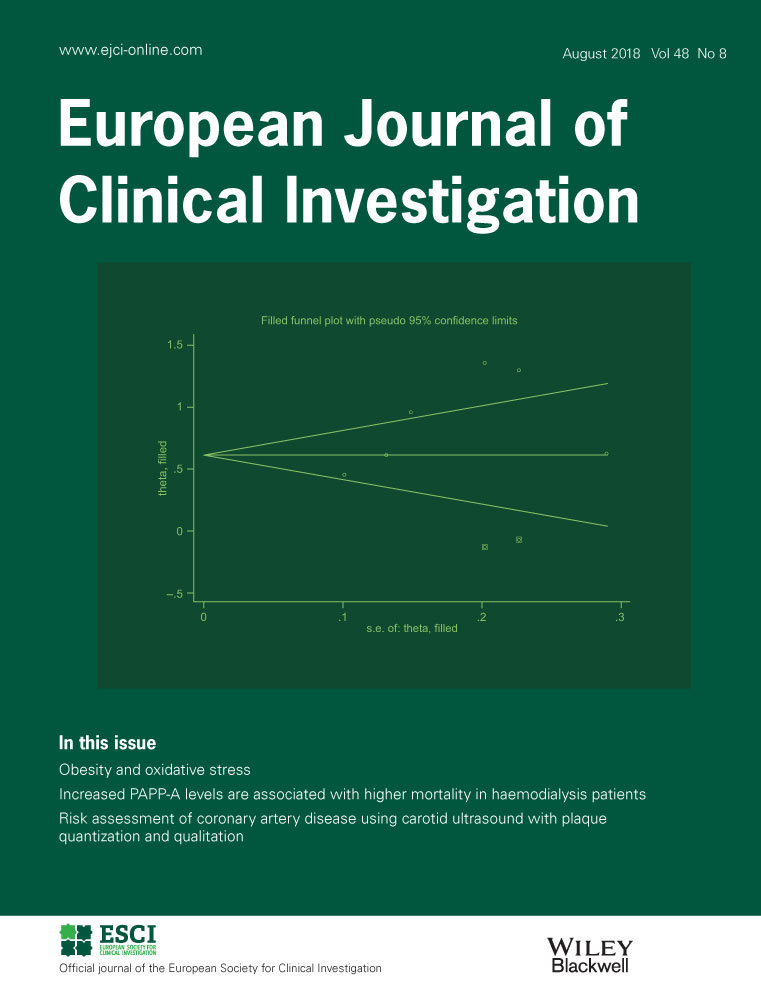Does hospitalisation improve oral anticoagulant optimisation in patients with atrial fibrillation?
Abstract
Background
Hospitalisation offers an opportunity for medication review and correction, yet it has received little attention. We aimed to evaluate oral anticoagulant (OAC) use in patients with atrial fibrillation at hospital admission and discharge and determine whether hospitalisation improves care.
Methods
We conducted an observational study at the Royal Hobart Hospital, Australia, in patients with atrial fibrillation. The appropriateness of stroke-prevention therapy at admission and discharge was evaluated using Australian guidelines. Factors associated with correcting inappropriate OAC therapy were identified using multiple logistic regression.
Results
Among 902 patients, 47.1% (n = 425) were receiving inappropriate OAC therapy at admission. The most common errors included lack of OAC therapy (58.6%, n = 249) and underdosing of direct-acting OACs (15.5%, n = 66). OAC therapy appropriateness at discharge was assessed for 844 patients; 73.8% were receiving appropriate therapy (versus 53.8% at admission (p < .001)). Specifically, 49.0% (n = 191) of the admission therapy errors were corrected. Correction was more likely in patients admitted to the stroke (adjusted odds ratio [aOR]: 16.93, 95% CI: 1.31–218.48) or cardiology wards (aOR: 4.10, 95% CI: 1.94–8.64), and if bleeding occurred during hospitalisation (aOR: 4.01, 95% CI: 1.07–14.99). Conversely, receiving rivaroxaban at admission (aOR: .23, 95% CI: .11–.51) and having a medium or high bleeding risk (ORBIT score ≥3) (aOR: .46, 95% CI: .25–.84) decreased the likelihood of correction.
Conclusion
Hospitalisation improved OAC therapy appropriateness; however, 51.0% of patients admitted with inappropriate therapy continued without correction. An intervention that enhances the hospital care team correcting inappropriate OAC therapy is warranted.


 求助内容:
求助内容: 应助结果提醒方式:
应助结果提醒方式:


